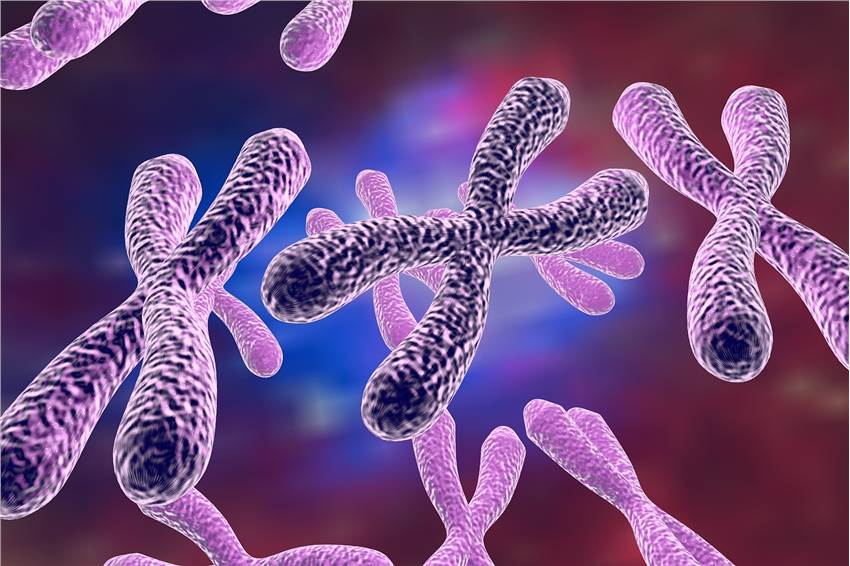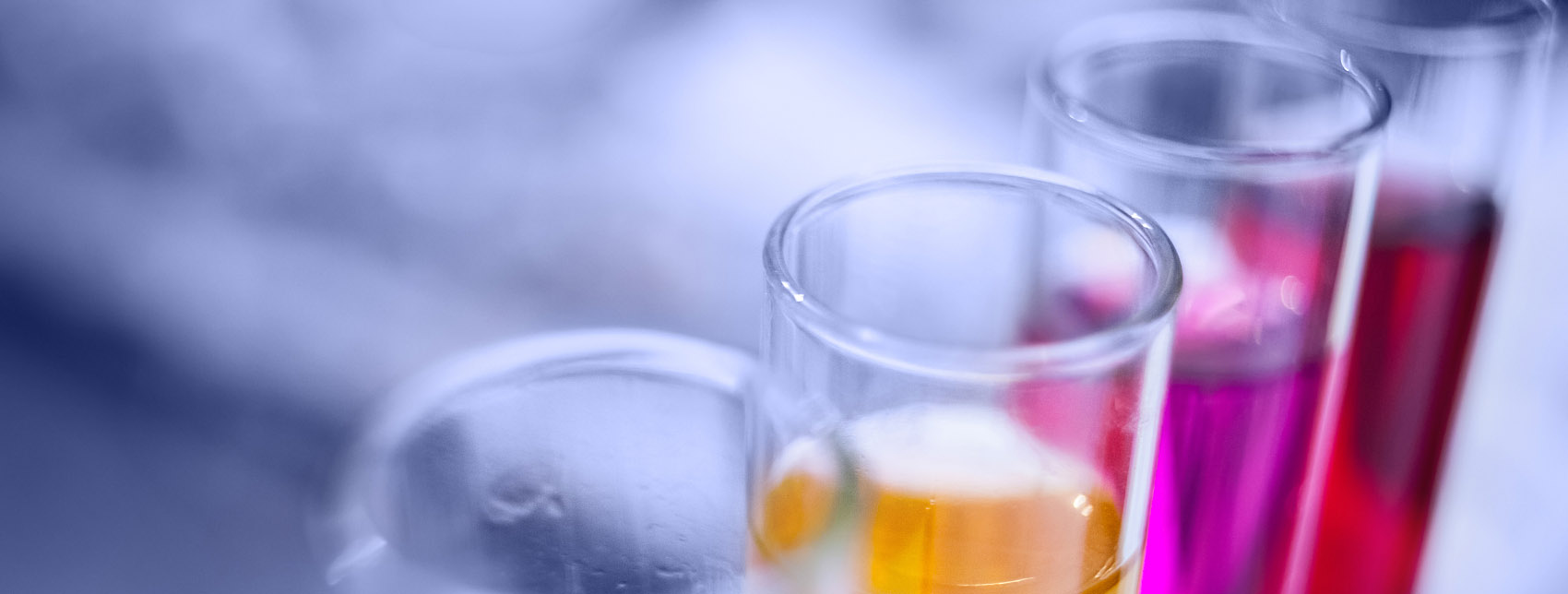Sister chromatid exchange (SCE) is the reciprocal exchange of DNA replication products on homologous sets of chromosomes, which may be associated with DNA breaks and rejoining, suggesting DNA damage. SCE is much more sensitive than chromosomal aberrations. Thus, the detection of SCE frequency is a new method to examine the cell biological effects of carcinogenic and mutagenic agents, which has the advantages of sensitivity, accuracy, simplicity and rapidity.
Our company provides professional in vitro mammalian cell SCE test services to help customers assess the ability of test samples to cause damage to DNA in mammalian cell lines and the extent of that damage.

Test Range
Veterinary drugs, pesticides, chemicals, fungicides, organic toxicants, solid waste, domestic waste leachate, hazardous waste, sewage, sludge, water quality, surfactants, etc.
About Sister Chromatid Exchange Test Service
Test Method
Our company performed SCEs assays by labeling different chromosomes by incorporating bromodeoxyuridine (BrdU) into chromosomal DNA. We incubated mammalian cells for two consecutive cell cycles in a culture medium containing mapping samples and BrdU with and without the addition of exogenous metabolic activation system conditions. Then spindle inhibitors (e.g. colchicine) were added and dividing cells were converged to stay at the mid-division phase-like stage, cells were harvested and chromosomes were prepared.
Test Samples
The customer should provide information on the physical state, purity, solubility, melting/boiling point, pH (if applicable), and vapor pressure (if available) of the sample. The sample should be freshly prepared, so we will prepare the medium containing the sample or dissolve it in a suitable medium before the cells are stained.
Test Cells
Primary cultured cells (e.g. human lymphocytes) or established cell lines (e.g. Chinese hamster ovary cells or lung cells). We guarantee that the cell lines used are free of mycoplasma contamination and karyotypically stable.
Metabolic Activation
We stain cells with samples in the presence/absence of a suitable mammalian metabolic activation system, respectively.
Control Group Set Up
We have positive controls for each dose group for both direct and indirect breakers.
 Fig.1 Chromosome aberrations (CA) and SCE in a male C. villosus. (Luaces J. P, et al. 2017)
Fig.1 Chromosome aberrations (CA) and SCE in a male C. villosus. (Luaces J. P, et al. 2017)
Judgment Criteria for Results
- Positive results: A significant increase in the mean number of SCEs per mid-phase cell with an increasing dose of toxin or a reproducible and statistically significant increase in SCEs in at least one test site.
- Negative results: No statistically significant correlation was observed between the mean number of SCEs in individual cells and the dose concentration, nor was there a reproducible and statistically significant increase in SCEs at one test site.
Sister Chromatid Exchange Test Report
The final test report Our company provides includes the following.
- Name of the test, start and end time of the test.
- Cells and cell culture methods.
- Test conditions, including media composition, CO2 concentration, sample concentration, solvent, incubation temperature, staining time, spindle inhibitor, spindle inhibitor concentration and duration of action, type of mammalian metabolic activation system used, positive and negative controls, BrdU concentration.
- The number of cells cultured at each test site.
- Detailed technical description of slide preparation.
- The number of mid-phase cells analyzed (per culture dish).
- The average number of SCEs per cell and chromosome (per culture dish).
- Criteria for SCEs counting.
- Principles of contamination concentration setting.
- Dose-response relationship.
- Statistical evaluation.
- Discussion of the results.
- Interpretation of the results.
For more information, please feel free to contact us.
Reference
- Luaces J. P, et al. (2017). "Genotoxic effects of Roundup Full II on lymphocytes of Chaetophractus villosus (Xenarthra, Mammalia): In vitro studies." PLoS ONE. 12(8): e0182911.
It should be noted that our service is only used for research, not for clinical use.


 Fig.1 Chromosome aberrations (CA) and SCE in a male C. villosus. (Luaces J. P, et al. 2017)
Fig.1 Chromosome aberrations (CA) and SCE in a male C. villosus. (Luaces J. P, et al. 2017)